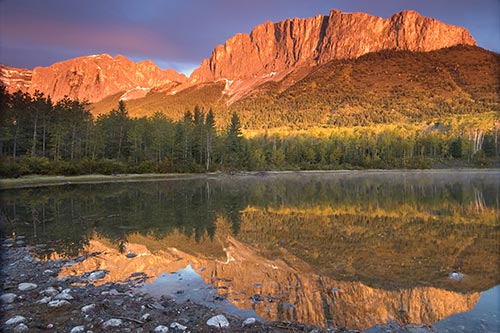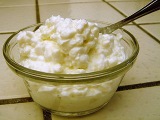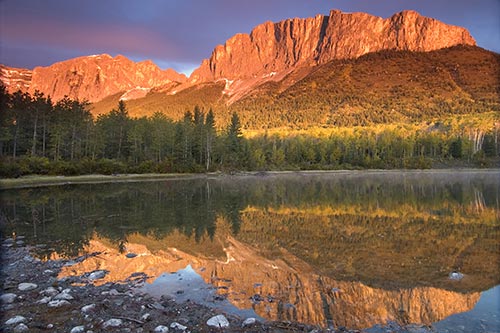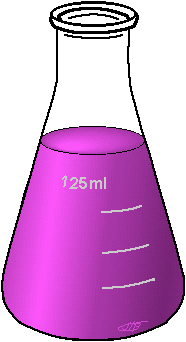Yogurt cuts risk of type 2 diabetes
Feb 6, 2014 MRCEU of University of Cambridge —
Overview
- Increase consumption of low-fat fermented dairy products reduces the risk of new-onset type 2 diabetes.
- Examples: low-fat yogurt, fromage frais, and low-fat cottage cheese.
- Overall risk reduction was 24% and for yogurt 28%.
- Note: Low-fat fermented dairy products replaces undesirable foods.
Published in the journal Diabetologia, the study showed that eating yoghurt in place of a portion of other snacks such as crisps also reduced the risk of developing type 2 diabetes.
The study found that higher consumption of yoghurt, compared with no consumption, can reduce the risk of new-onset type 2 diabetes by 28%, and that higher consumption of low-fat fermented dairy products – including all yoghurt varieties and some low-fat cheeses – also reduced the relative risk of diabetes by 24% overall.
According to lead researcher Dr. Nita Forouhi, from the Medical Research Council Epidemiology Unit at the University of Cambridge: “This research highlights that specific foods may have an important role in the prevention of type 2 diabetes and are relevant for public health messages.”
The research was based on the large EPIC-Norfolk study, which includes more than 25,000 men and women living in Norfolk, UK.
It compared a detailed daily record of all the food and drink consumed over a week at the time of study entry among 753 people who developed new-onset type 2 diabetes over 11 years of follow-up with 3,502 randomly selected study participants.
This allowed the researchers to examine the risk of diabetes in relation to the consumption of total dairy products as well as individual dairy products.
Total dairy, total high-fat dairy or total low-fat dairy consumption was not associated with new-onset diabetes once important factors like healthier lifestyles, education, obesity levels, other eating habits and total calorie intake were taken into account. Total milk and cheese intakes were also not associated with diabetes risk.
However, those with the highest consumption of low-fat fermented dairy products (such as yoghurt, fromage frais and low-fat cottage cheese) were 24% less likely to develop type 2 diabetes over the 11 years, compared with non-consumers.
Previous studies on the link between dairy product consumption (high fat or low fat) and diabetes have proved inconclusive, prompting this more detailed assessment of diary product consumption.
Type 2 diabetes is common and its incidence is increasing. In 2013, there were 382 million people worldwide with diabetes and by 2035 that number will increase to 592 million, according to the International Diabetes Federation.
While this type of study cannot prove that eating dairy products causes the reduced diabetes risk, dairy products do contain beneficial constituents such as vitamin D, calcium and magnesium. In addition, fermented dairy products may exert beneficial effects against diabetes through probiotic bacteria and a special form of vitamin K (part of the menaquinone family) associated with fermentation.
“At a time when we have a lot of other evidence that consuming high amounts of certain foods, such as added sugars and sugary drinks, is bad for our health, it is very reassuring to have messages about other foods like yoghurt and low-fat fermented dairy products, that could be good for our health,” said Dr. Forouhi.


This work is licensed under a Creative Commons Licence  . If you use this content on your site please link back to this page.
. If you use this content on your site please link back to this page.
Go to
Cambridge News.

 . See it and more.
. See it and more.
























